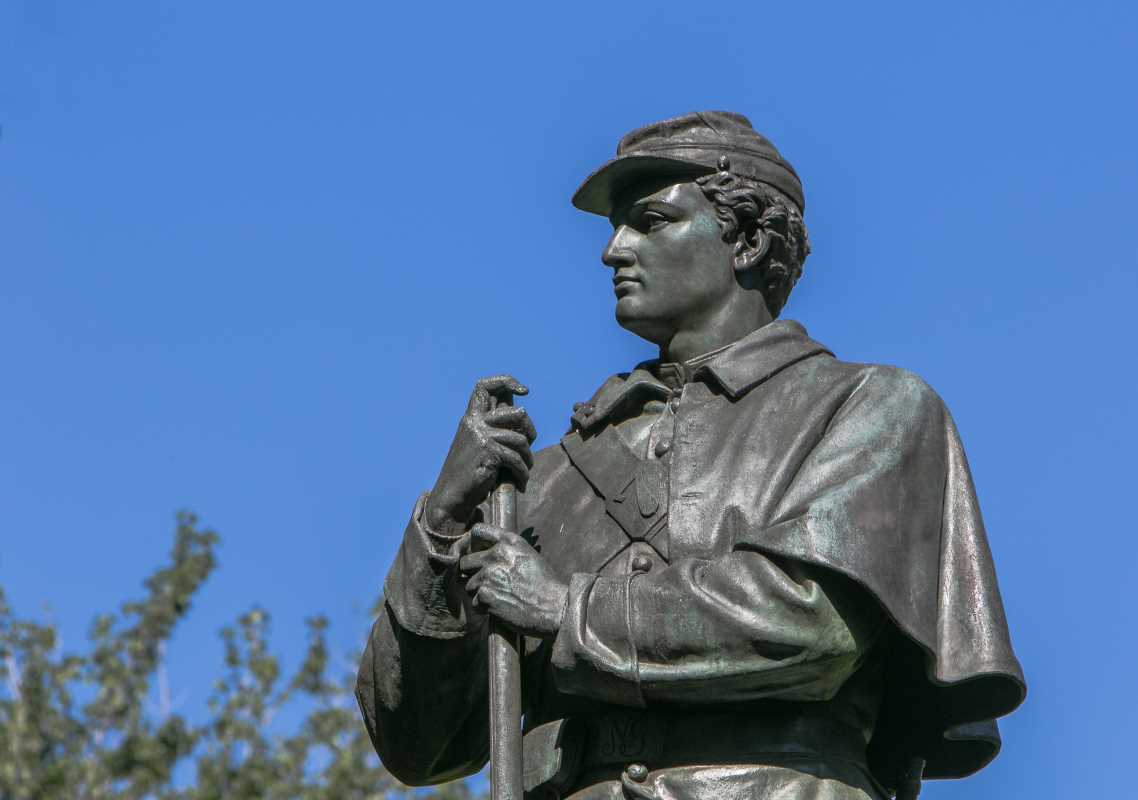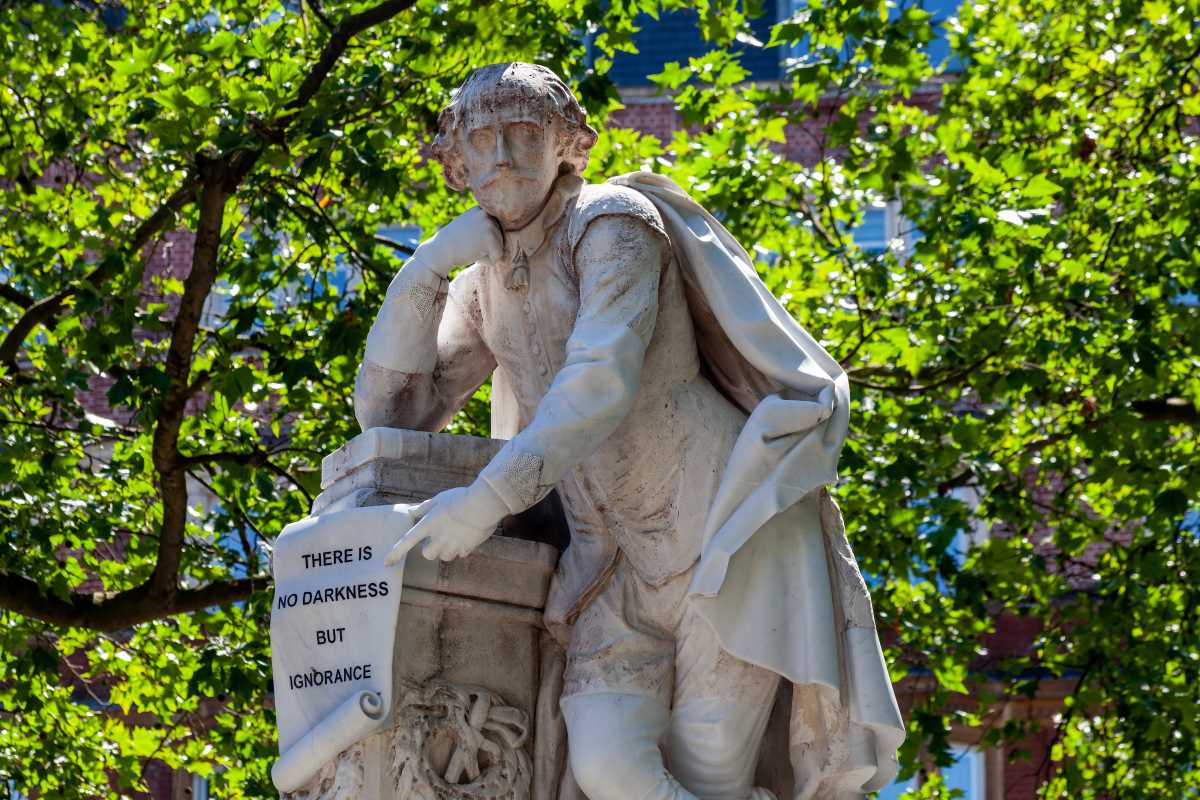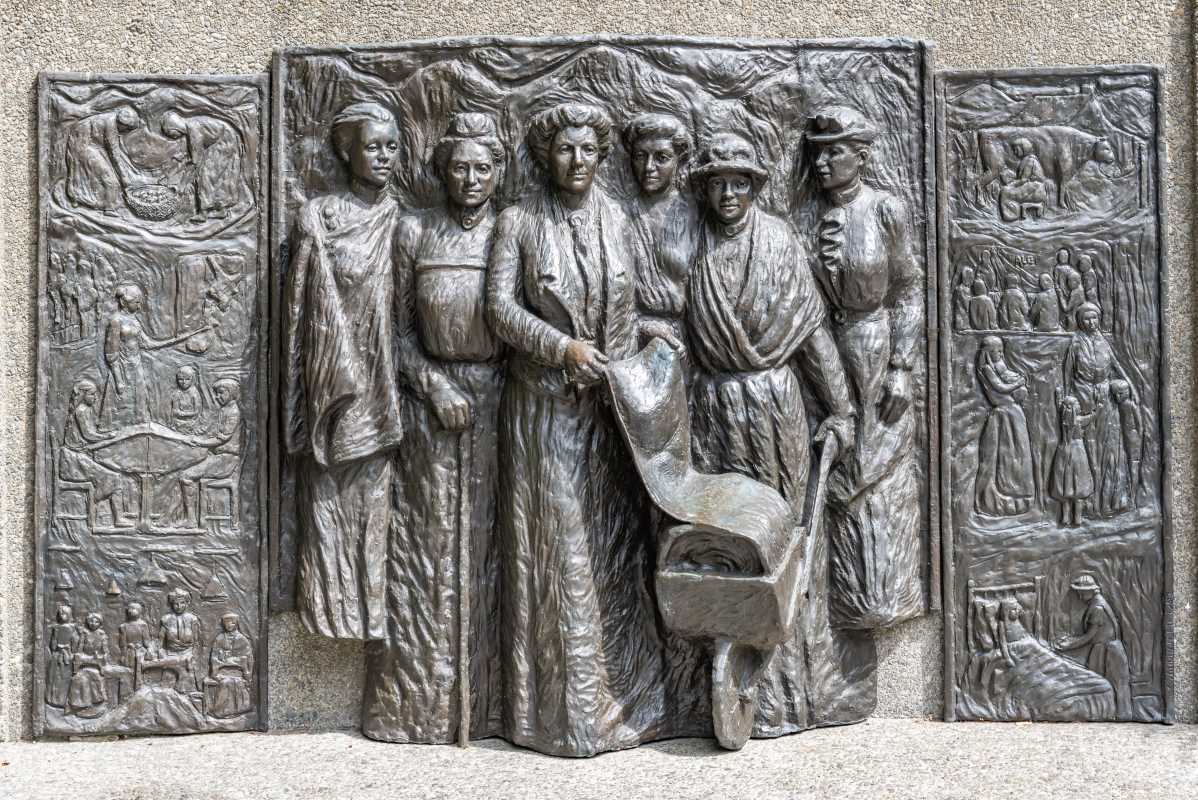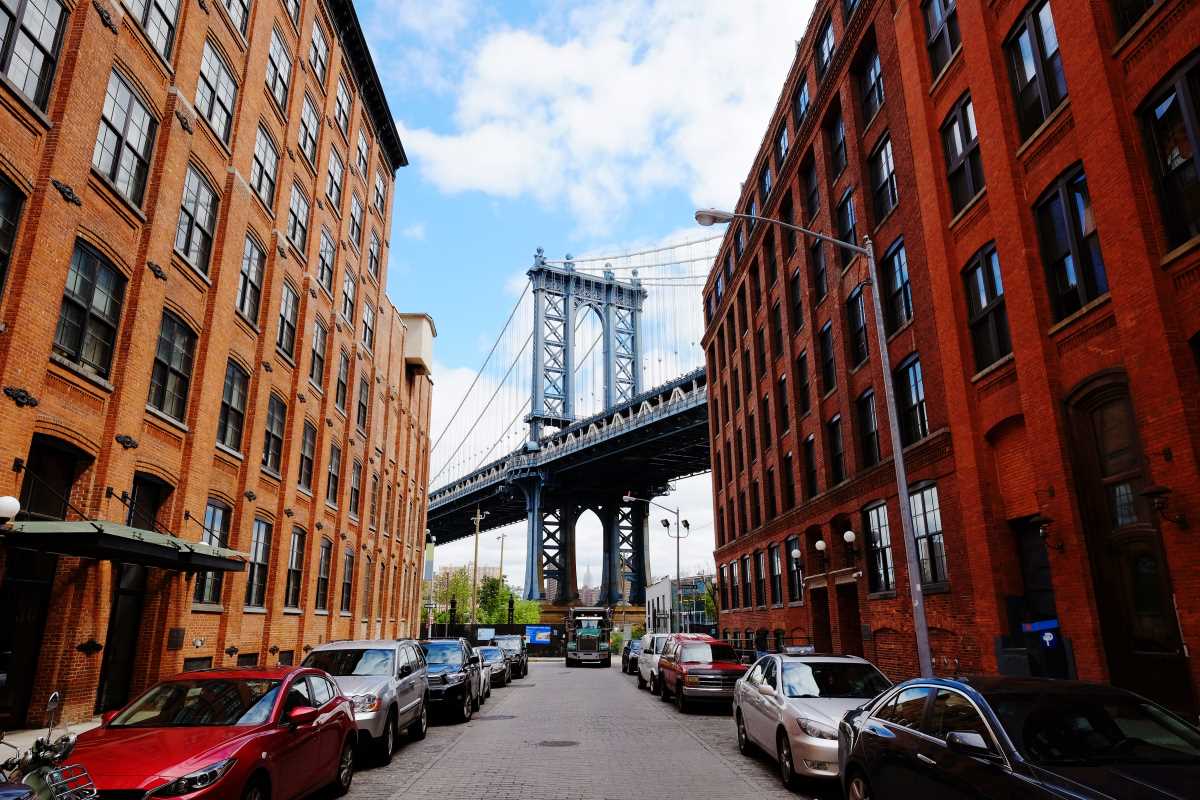The Reconstruction Period was one of the most pivotal yet turbulent times in American history. It began after the Civil War ended in 1865 and lasted until 1877. This era was marked by a massive effort to rebuild the southern states, bring formerly enslaved people into society as citizens, and redefine what it meant to be a part of the United States. But Reconstruction didn't go exactly as planned, and its challenges left deep marks on the country. Even today, more than 150 years later, the aftershocks of this period can still be felt, shaping politics, race relations, and economic disparities. To understand why Reconstruction matters, we need to break down what it hoped to achieve, where it fell short, and how those outcomes continue to influence the nation.
What Was the Reconstruction Period?
The Reconstruction Period was, at its core, an attempt to heal a deeply divided nation. After four brutal years of Civil War, the U.S. faced staggering challenges. The southern economy, largely driven by enslaved labor before the war, was in shambles. Physical destruction in the South was widespread, with destroyed infrastructure and cities left in ruins. Meanwhile, the country was grappling with figuring out what freedom truly meant for the four million people who had been enslaved.
At the same time, there were huge questions about how to bring the Southern states that had seceded back into the Union. How should they be punished, if at all? Who would control this process of reintegration? Reconstruction was the government’s attempt to answer these monumental questions.
Key Goals of Reconstruction
Reconstruction had three main goals:
- Rebuilding the South: This meant repairing its broken infrastructure and economy while helping it reintegrate into the Union.
- Including Freed African Americans in Society: Formerly enslaved people were promised new rights, such as the right to vote and own property, that were meant to give them a fair chance in America.
- Reuniting the Nation: This meant healing the deep rift created by the war and finding a way for Americans to coexist despite the lingering tensions.
The ambitious plans of Reconstruction were spearheaded by various leaders, including President Abraham Lincoln, his successor President Andrew Johnson, and the so-called "Radical Republicans" in Congress. But each of these groups had vastly different visions of what Reconstruction should look like, leading to heated disagreements.
The Challenges and Failures
While the goals of Reconstruction were noble, the reality was much messier. The era faced significant challenges and failures, many of which laid the groundwork for ongoing inequality.
Resistance in the South
Many southern leaders were deeply opposed to the changes Reconstruction tried to introduce. They resisted giving full political, social, or economic equality to African Americans. Organizations like the Ku Klux Klan formed during this time, using violence and intimidation to suppress Black communities and enforce white supremacy. Laws known as Black Codes were passed in the South to restrict the rights of newly freed African Americans, making it difficult for them to achieve true independence.
Economic Inequality
Though African Americans were freed from slavery, they received very little support to help them establish stable, independent lives. Promises of land and resources, like the famous “40 acres and a mule” plan, were rarely fulfilled. Many freedmen were forced into sharecropping agreements, where they would work on land owned by white landlords in exchange for a portion of the crops. This system often kept Black families in cycles of debt and poverty, creating a new form of economic oppression.
Political Willpower Fades
At first, federal laws and military presence in the South attempted to protect African Americans' rights. The Reconstruction Amendments to the Constitution (the 13th, 14th, and 15th Amendments) were major steps forward. They abolished slavery, granted citizenship to African Americans, and gave Black men the right to vote. However, enforcement was limited. After 1877, when Reconstruction officially ended, federal troops were removed from the South. Without this protection, many of the gains made during Reconstruction were rolled back. Southern states implemented Jim Crow laws, which formalized segregation and further entrenched racism in their societies.
How Reconstruction Still Shapes America Today
The impact of the Reconstruction Period didn’t just fade into the background of history. Its effects are still woven into many aspects of modern American life.
Racial Inequality
One of the clearest ways we see the legacy of Reconstruction is through continued racial inequality. The period promised equality for African Americans, but systemic racism grew instead, often with the help of legal and political systems. Even today, disparities persist in areas like income, education, housing, healthcare, and criminal justice. The concept of generational wealth, for example, makes it clear how the economic inequities of Reconstruction have had a domino effect over time. If African American families had been given the tools to build wealth back then, many might be in a stronger financial position today.
Voting Rights
The fight over voting rights that occurred during Reconstruction is still relevant. While the 15th Amendment technically gave Black men the right to vote, tactics such as literacy tests, poll taxes, and voter intimidation were later used to suppress their participation. Echoes of these issues can be seen in modern discussions about voter ID laws, gerrymandering, and access to polling places. The conversation about who gets to vote and how remains as crucial now as it was during Reconstruction.
Divisions in Politics
The political divisions of the Reconstruction era mirror many of those we see today. The disagreements back then over state rights, federal power, and the role of government in people’s lives are strikingly similar to debates we still have. Political polarization isn’t a new problem in America; its roots stretch back to Reconstruction, if not earlier.
Cultural Memory and Identity
Reconstruction also played a role in shaping how Americans see themselves and their history. Some narratives from the Reconstruction Period continue to influence cultural and political debates. For instance, there has been ongoing debate over symbols of the Confederacy, such as statues and flags. These symbols often bring attention to the tensions between remembering history and promoting equality.
Reparations Debate
The failures of Reconstruction also fuel discussions about reparations for African Americans. Some argue that since promises, such as land redistribution, were abandoned, the U.S. has a responsibility to provide reparations today to rectify the harm caused by slavery and systemic racism.
 (Image via
(Image via





